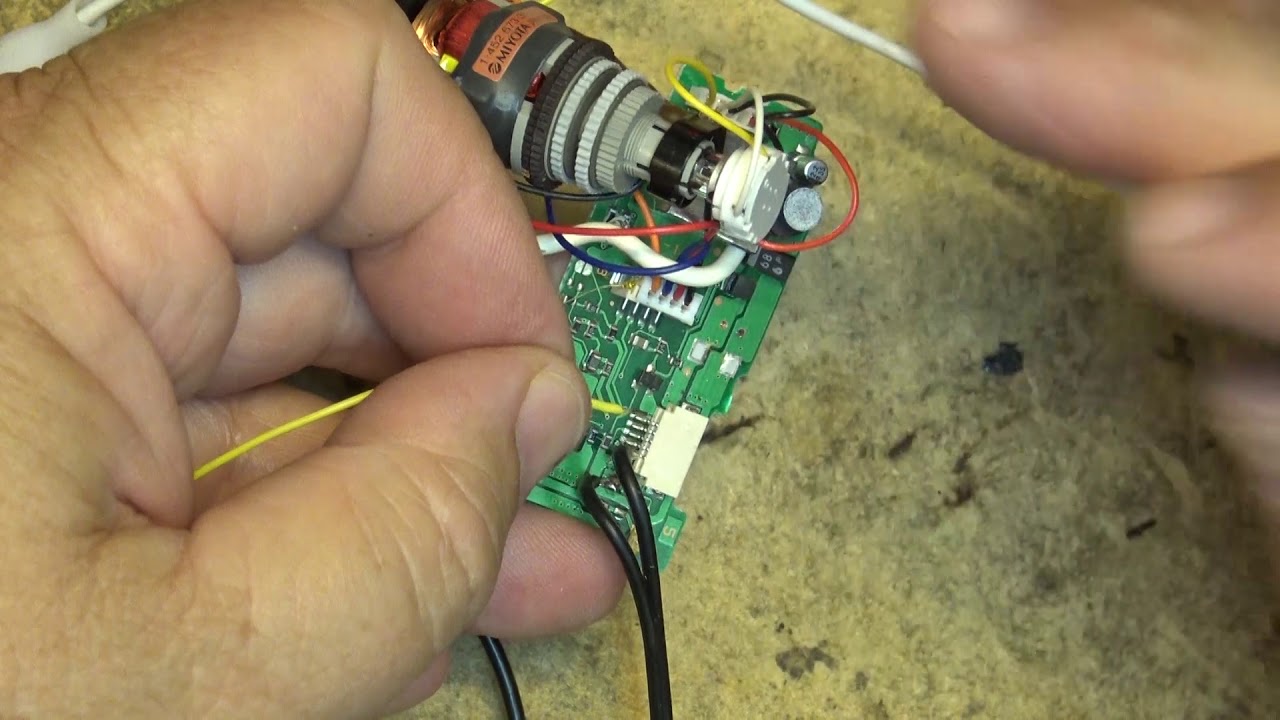This black and white display has a 1/2 inch (12.7 mm) diagonal screen size. CRTs like this were used in the viewfinders of early camcorders before being supplanted by LCD displays. This unit is powered by a five volt DC supply and takes composite video input. The paucity of components on the circuit board is remarkable.
In the 1980s I considered trying to make a super-cheap virtual reality headset from two of these. It would have been terribly impractical because the narrow field of view would have made it like looking through a pair of soda straws. From my September 1988 paper, “Through the Looking Glass”:
The video displays can be fabricated from components salvaged from LCD pocket televisions, or camcorder viewfinders can be used as-is. (The current NASA design uses custom displays and optics to achieve a wide field of view, but their first prototype used commercial LCD displays). Each monitor is attached to a separate graphics controller which renders the view of the three dimensional model of the world from that eye’s viewpoint, updating the display as the head translates and rotates. Cyberspace experimenters stress that quickly updating the display as the viewpoint changes is essential both to maintain the illusion of being in a simulated world and to avoid vertigo. NASA has found that a fast wireframe display is preferable to shaded imagery that lags head movement.
